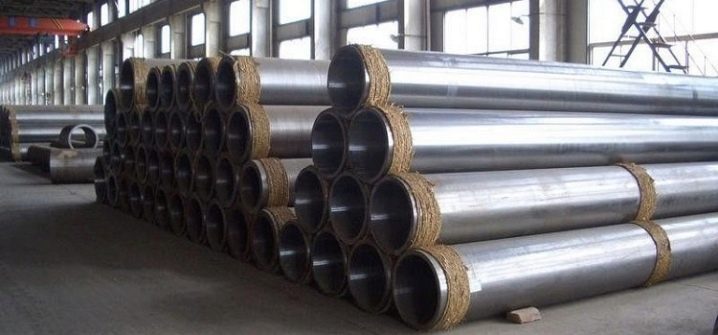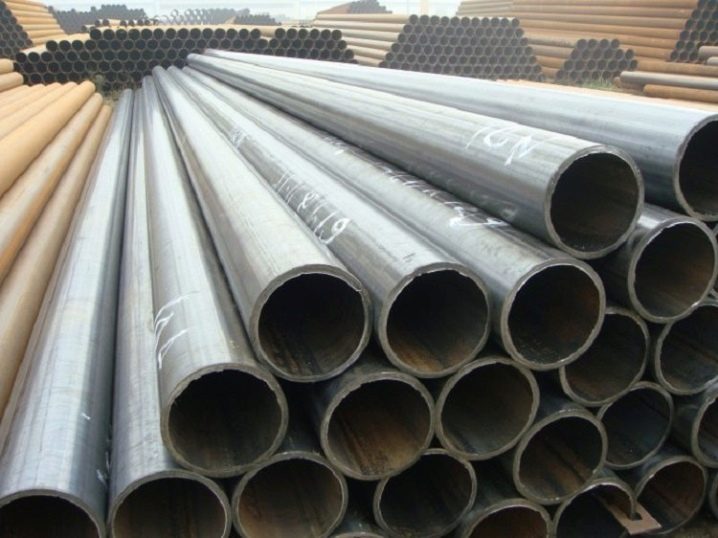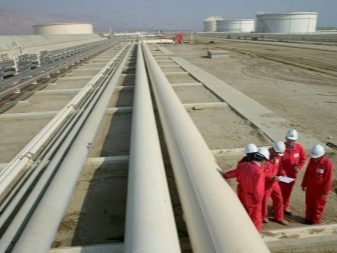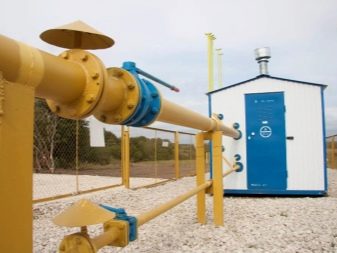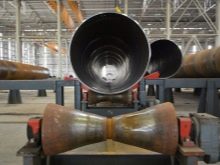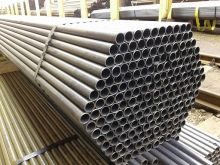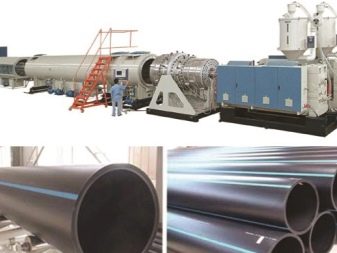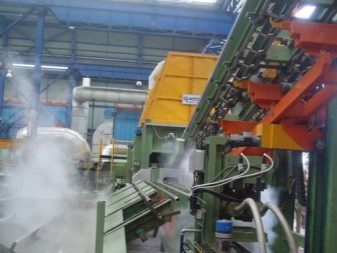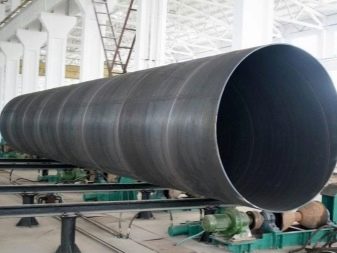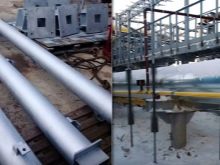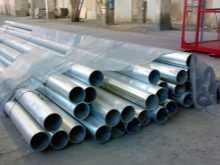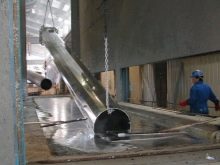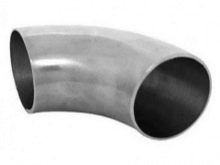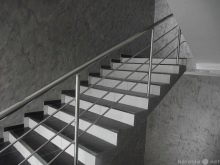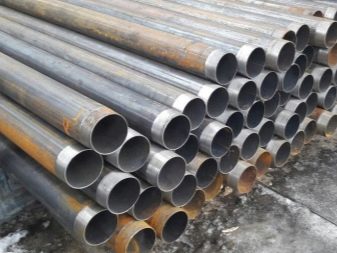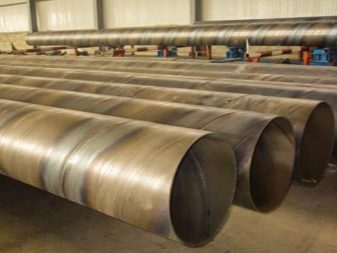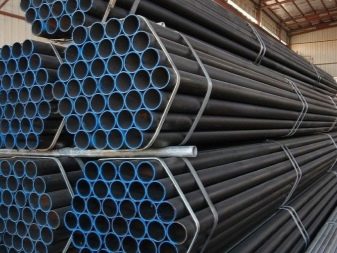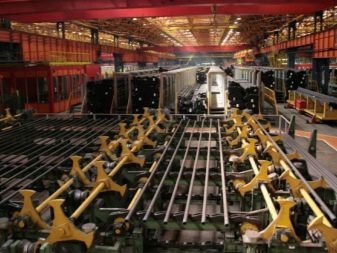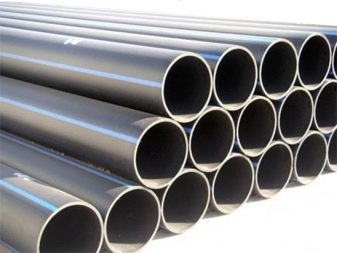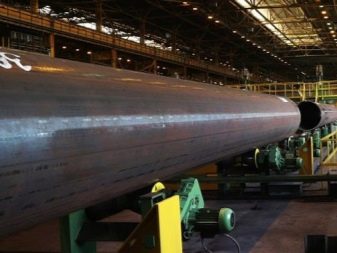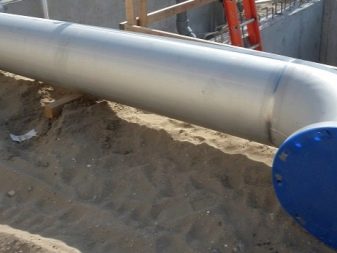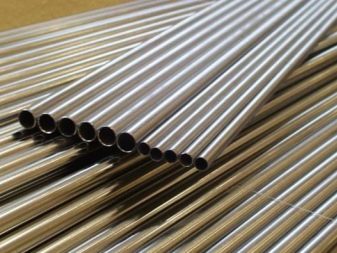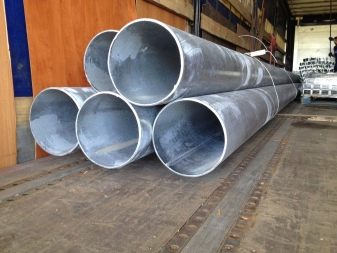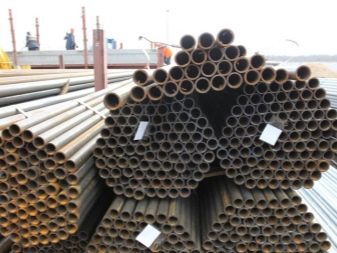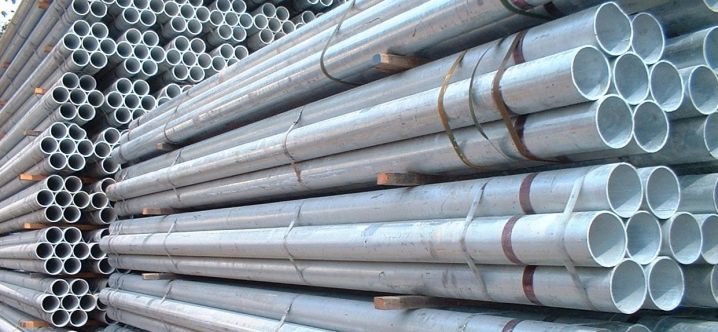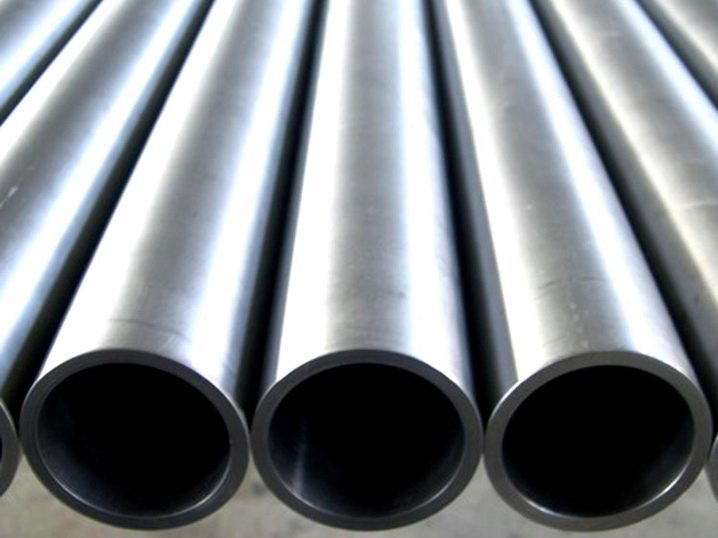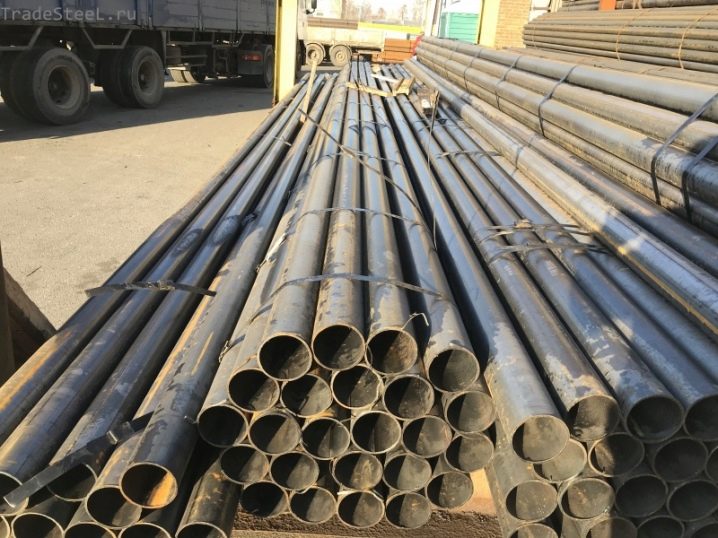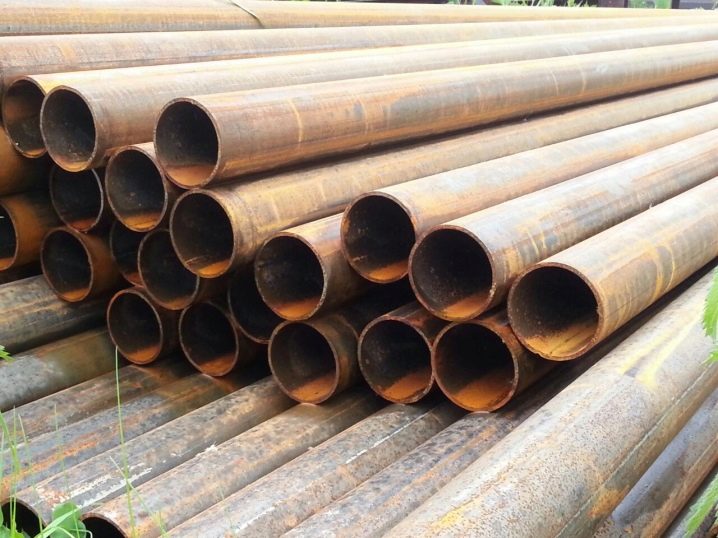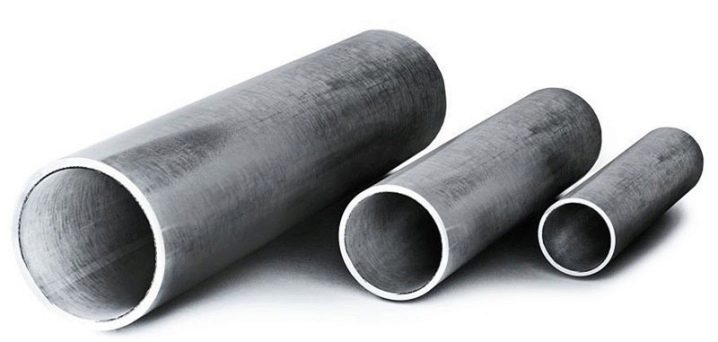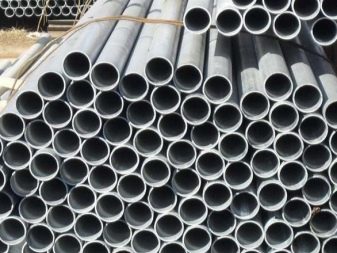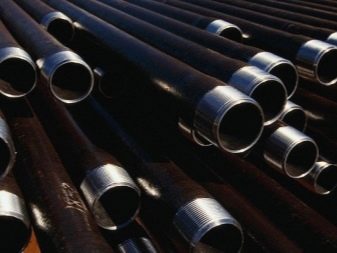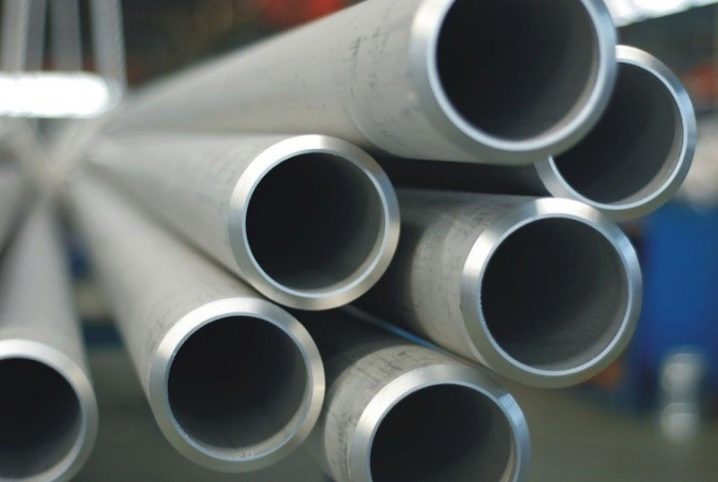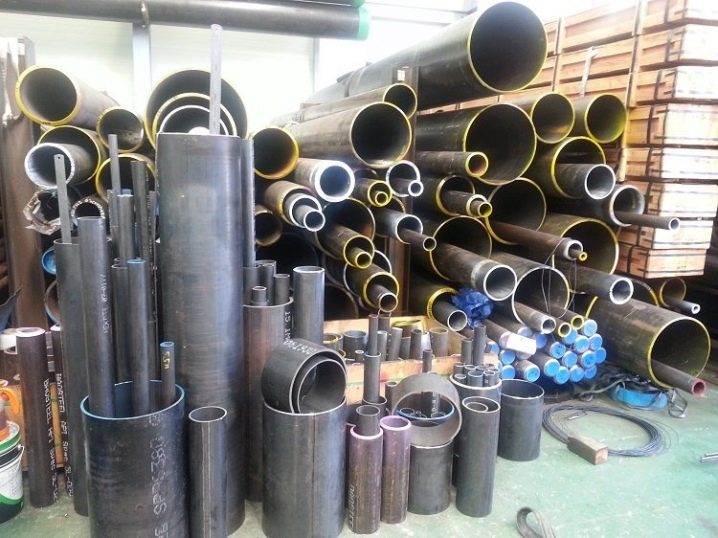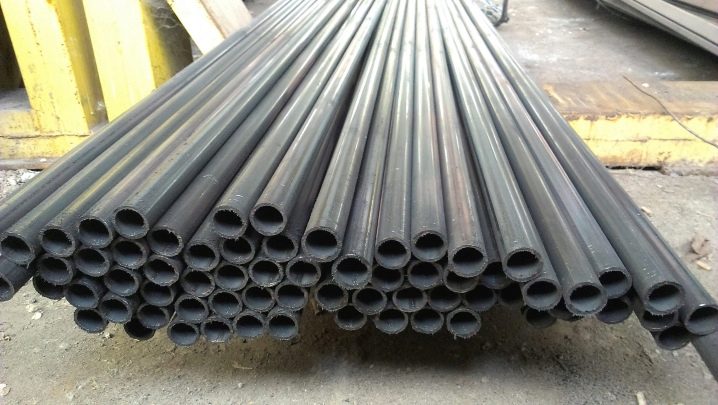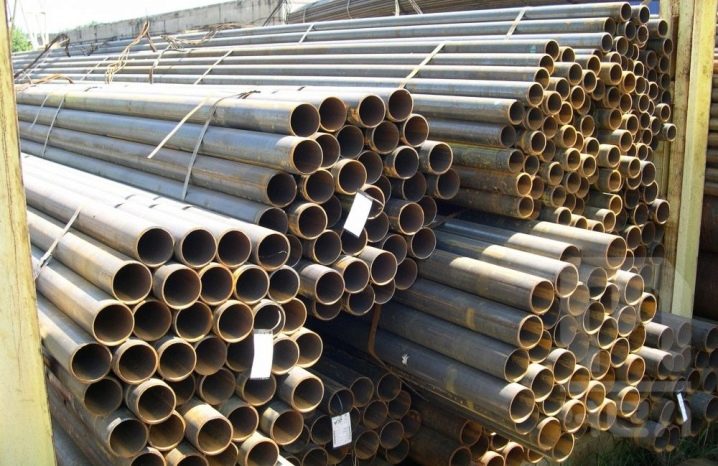VGP-pipe: what is it?
VGP is an abbreviation that stands for “water gas pipeline”. Accordingly, VGP-pipes are pipe metal, which is used for the installation of water and gas communications.
For many years, these specialized pipe products are in constant demand among construction organizations and employees of the housing and utilities sector.
Special features
The popularity of VGP pipes is explained quite simply - despite the large variety of modern polymeric materials, their use is often not possible. Such cases include, for example, laying a pipeline in the open air, where the material will be affected by unfavorable environmental factors that significantly impair the physical and technical characteristics of the product.
In addition, the demand for such models is largely explained by the fact that, in accordance with the requirements of GOST, these products can be made only from steel, which is why GWPs are considered indispensable in gas farms of all types. The raw material for the production of such products is a carbon steel grade, thanks to which the products have the highest performance properties:
- steel is resistant to high and low temperatures - due to the low rate of linear expansion under the influence of extreme temperatures, the material is not deformed;
- strength and strength that the material exhibits in comparison with polypropylene and other types of materials;
- possibility of use in pressure structures;
- high thermal conductivity due to which the moving working medium keeps the temperature of the required level;
- high tightness due to which the product is often used to move gases, as well as acid-base solutions.
Technical characteristics of VGP-pipes are directly determined by the method of their production. All gas pipes can be attributed to welded longitudinal products, which are manufactured as follows:
- carbon steel in the form of a hot-rolled sheet is cut into strips, which are later welded together;
- the billet is wound up and sent to the squiggles, which convert it into a cylinder without an end, that is, at this stage the billet has an open seam;
- welding of the whole structure is carried out, using the electric-arc method or high-frequency technique using eddy currents - the first method is considered as reliable as possible, and the second - the budget method;
- with the help of gauge knots, they align all possible deformations of the pipe, after which the slag is removed, which is formed on the welding seam during the manufacturing process;
- At the final stage, the pipe is cut to the required size.
In addition, for galvanized pipes, one more coating operation is performed; this procedure is usually performed in two main ways.
- Electrochemical galvanizing - while the pipes are immersed in a saturated solution of zinc salts, at this moment a potential difference is created between the electrodes and the product. This method can not be called safe because the electrolyte is a toxic material and is subject to mandatory disposal.
- Hot galvanizing - in this case, the pipes are immersed in the zinc melt, which, as it cools, leaves a thin layer on the inner and outer surfaces of the pipes. Galvanizing of pipes is carried out at the metallurgical enterprise.
VGP-pipes have found the widest application in the installation of heating systems, as well as various industries. They are used in pressure pipelines and porous soils. Such pipes are laid during the construction of pipelines in extreme conditions: on bridges, under water, in ravines. They are optimum where metal rolling can be exposed to the raised loadings.
Bends are often made of AIV pipes. Products of small diameter are used not only for the transport of liquids and gases, but also for the installation of metal structures: railings, fences, gates, small frames.
Thus, it is possible to distinguish the following main industries in which VGP-type metal rolling is used:
- Aviation and Automotive:
- Agriculture;
- furniture manufacture;
- civil and industrial construction;
- chemical industry;
- a lot others.
Specifications
First of all, you should understand the difference between the water and gas pipes from the electric-welded ones.
Electrowelded metal pipe has the official reduction of the ES, it is a straight-seam structure, which is made of high-strength steel by electric welding. Such products are rather poorly rolled and do not stretch. The edges of the ES pipes are connected strictly parallel to the axis.
Such variants of tubular rolled products are widely used in construction, because, thanks to reinforced longitudinal seams, they are distinguished by exceptional durability and tightness.
VGP-pipes are a certain kind of electrowelded models, but more advanced, because the seam is maximally strengthened here, as well as the strength is increased and the anti-corrosion coating is applied. That is why VGP in construction is used more often than electric-welded pipe rolled products.
The materials used and the production technology determined the physico-technical characteristics of the VGP pipes. Such constructions are allowed to be used with hydraulic load in the range from 25 to 32 kgf / cm2.
The products have an increased resistance to heat, in some engineering communications there is a transportation of gas and liquid streams heated to 140-150 degrees,Obviously, if such a substance enters the networks located inside residential buildings, then no polymer can withstand such strong heating, and simply begins to melt, and in some cases a pipe can even break.
Galvanized VGP-pipes are deprived of such a disadvantage. In addition, they are characterized by increased strength and resistance to mechanical loads, this has led to the widespread use of the product when conducting trunk pipelines, where there is a maximum flow of moving vehicles.
It should be noted that VGP-pipes have a relatively low price, this is primarily due to the availability of raw materials, which is used for its production and manufacturing technology, which does not require the introduction of advanced technologies and achievements of the NTP.
Carbon galvanized steel is not prone to rust, it has good anti-corrosion properties, so that pipes can be used for industrial purposes.
If we compare VGP with seamless analogues, then there is no wide variation in consumer characteristics, which allows us to conclude that products are interchangeable. This is true, but the basic advantage of water and gas pipes is their low cost - it is this factor that has allowed these products for many years to hold the position of leader in their segment.
Kinds
The main types of VGP-pipes, their weight and dimensions are indicated in the current GOST 3262-75.
In accordance with the standards, the entire range of pipes is conventionally divided into two types depending on the method of their manufacture:
- galvanized;
- non-galvanized (black).
Galvanized have the highest performance:
- do not corrode;
- characterized by high strength and strength;
- resistant to mechanical damage;
- during transportation of fluid inside galvanized pipes, deposits are formed 10 times slower than non-galvanized products;
- have an aesthetic appearance.
The disadvantages include:
- high cost - galvanized pipes are much more expensive than non-galvanized;
- in the case of deformation, the galvanized layer is destroyed first;
- when moving cold water often condensate forms;
- Uninterrupted water supply is required for smooth operation and stable use.
The advantages of non-galvanized pipes include:
- high strength and resistance to mechanical damage;
- the ability to transport liquid and gaseous media under high pressure;
- vibration resistance:
- the probability of steel deformation under the influence of high temperatures is completely excluded;
- low cost in comparison with galvanized models.
Not without flaws:
- propensity to corrosion;
- condensation when transporting cold liquid;
- low bandwidth;
- the need for constant staining and maintaining appearance;
- the lifetime of such models is much lower than galvanized.
In addition to this classification basis, in the production of pipe-rolling, such indicators as the conditional passage and the wall thickness are also taken into account - all these parameters must comply with GOST.
Depending on the durability of the pressure control, the HSV is divided into;
- lungs - are used in conditions under which the pressure does not exceed 25 kg / cm2;
- ordinary - the pressure is at the same level of 25 kg / m2, but periodic hydraulic shocks are possible;
- reinforced - withstand pressures up to 32 kg / cm2; for individual applications, pipes with a maximum pressure of 50 kg / cm2 can be produced.
On the basis of the type of readiness emit:
- pipes with a thread at the ends (cut or rolled);
- ordinary - without thread.
According to the accuracy class, there are also several typical modifications of AIV.
- To the first group include products of standard accuracy. By production of such pipes indicators of chemical composition and mechanical characteristics are not normalized in any way. Products have been used in the arrangement of water and gas pipelines for household purposes.
- To the second category carry products of high accuracy, galvanized pipes also belong here.
In the manufacture of these varieties, VGP strictly follows the requirements for the composition of the material and the mechanical characteristics of the finished products. Of these pipes perform pipelines for industrial use.
Dimensions
Water and gas pipes are manufactured in accordance with GOST, which makes clear requirements for their size and basic characteristics:
- wall thickness should be 2.5-4.5 mm, the tolerance is minimal and only with the condition that it does not reduce the reliability of products and product quality;
- conditionally accepted remote control of steel VGP-pipes is 6-150 mm, while with a length of more than 20 mm a difference of 2 mm from the established standard is allowed, if the length is less, then the deviation should not exceed 2 mm;
- the outer diameter of the gas pipeline can be from 10 to 165 m, the total number of sizes is 14, and the basic classification of products is carried out precisely for this basis;
- pipe lengths vary in the range from 4 to 12 meters, with a two-millimeter curvature of the pipe allowed for each running meter;
- pipe thread should be applied with a flattened cylindrical or rolled form.
Tips
In conclusion, we will give a few recommendations on how to choose the right quality gas pipe. which will allow the pipeline to run smoothly for many years.
So, first of all it is necessary to evaluate the quality of products.
In particular, it is considered valid:
- small dents;
- rowaness;
- traces of stripping (only if the required dimensions are preserved);
- a light layer of scale, which does not interfere with the inspection;
- preservation of the outer diameter by 0.5 mm in furnace welding with the parallel formation of an internal thickening of 1 mm;
- no galvanized coating on the threads or ends.
The following defects are strictly prohibited:
- swelling;
- cracks;
- any bundles on the ends;
- bevels at the ends of more than 2 degrees;
- burrs over 0.5 mm;
- blistering and delamination galvanized;
- ragged on the thread and burrs.
The use of water and gas pipes is important in many spheres of human activity, such models often become the only possible option for conducting pipelines, and the quality and durability of such pipes determines the demand for products and their popularity over the years.
About flaring steel VGP pipes, see the following video.
